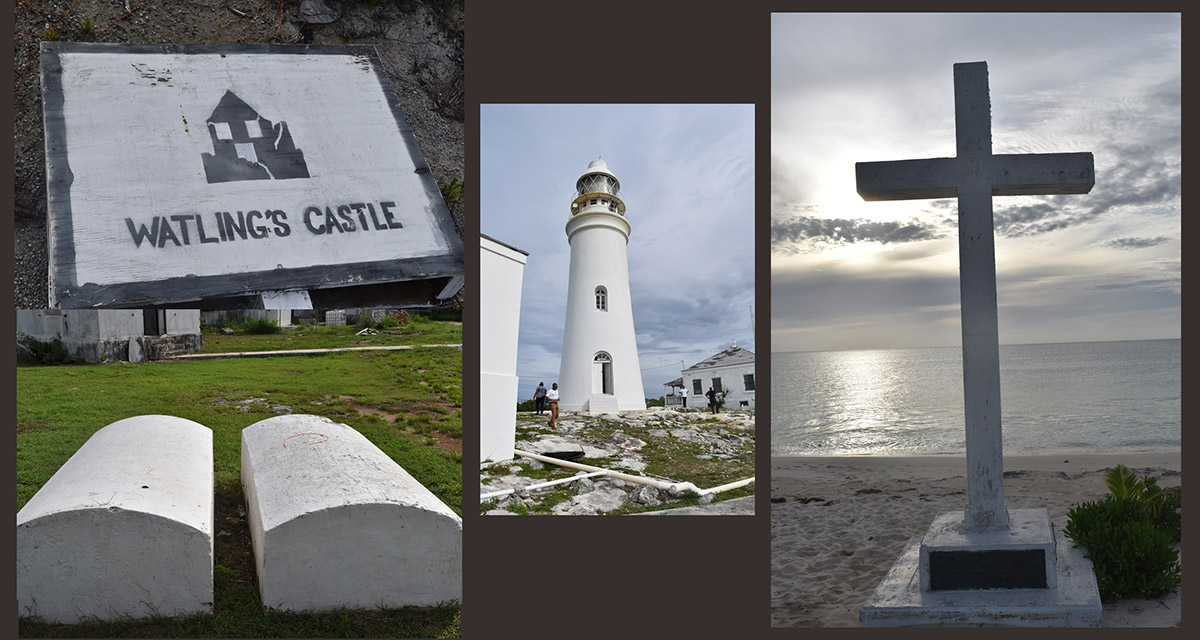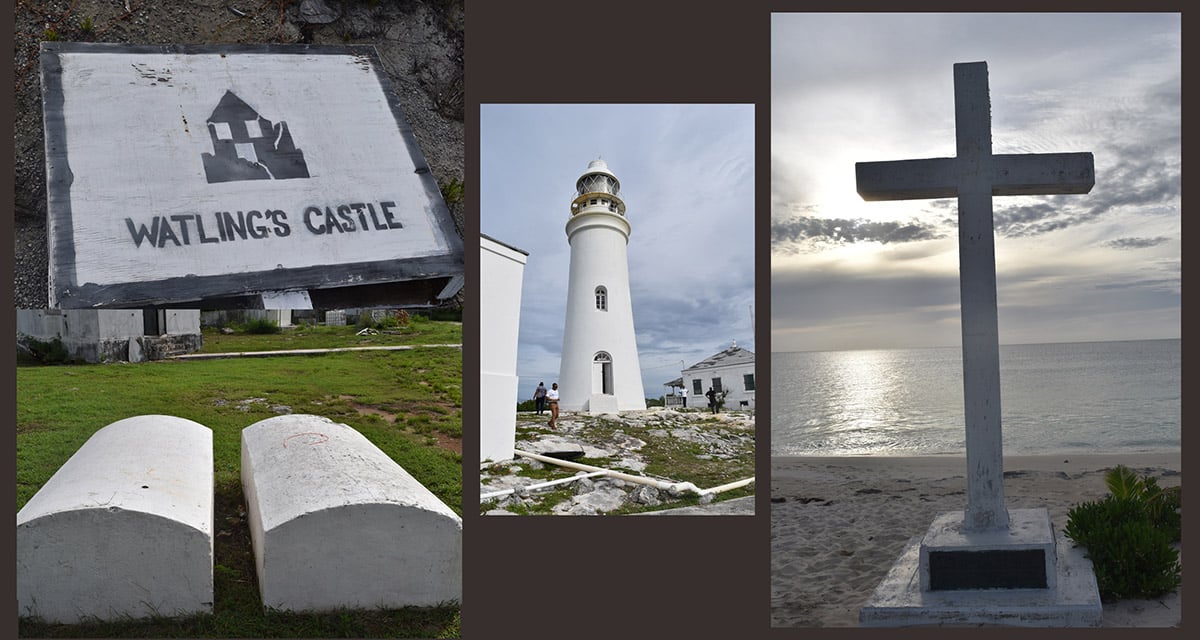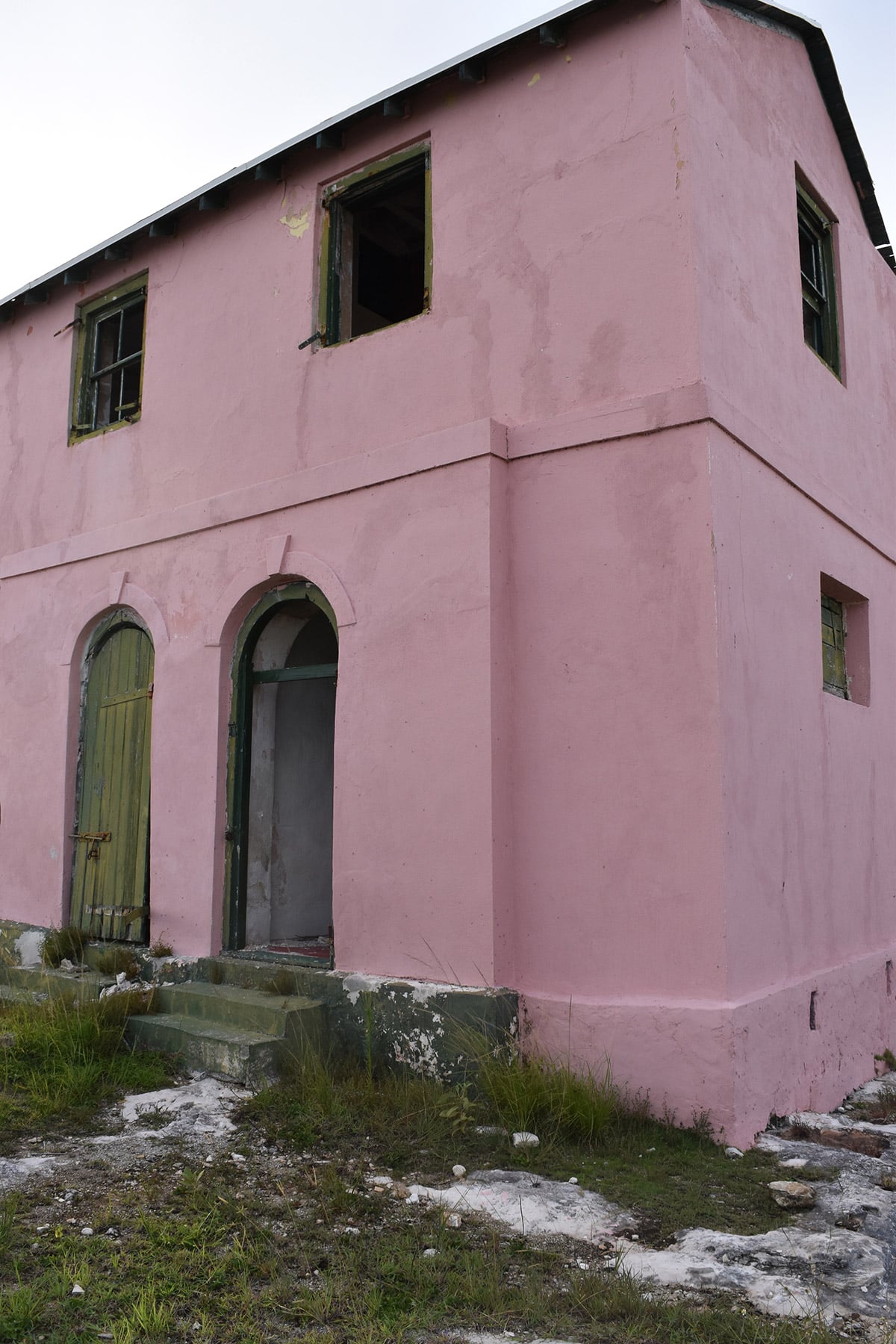San Salvador as Culture: Exploring New Economies, Working Against Collapse

By Dr. Ian Bethell-Bennett
New Economies of Culture
We often talk about the importance of cultural tourism, but perhaps few of us understand what that means or even why it could benefit us as a country. Cultural tourism has become one of the largest drivers in tourism mobilisation over the last decade.
The Government’s efforts to produce a Carnival that would attract tourists to a culturally-rich destination may be a good idea, notwithstanding the lack of real organization undertaken to promote and effectively market the event. While Carnival is an engineered non-local tourist attraction, the country has a great many local cultural attractions that already exist.
Firstly, our natural culture is very important and must be protected and, secondly, our geographic location is a natural historic-cultural attraction. We have done little to capitalize on this fact. Often, culture is extremely narrowly understood to be art and Junkanoo, and nothing outside of those parameters.

However, culture is far larger and more encompassing. It includes things like houses, cars, historical ruins, places, dances and stories, all of these attract local lore and, given The Bahamas’ historical significance can draw tourists in. There are a few problems with this, however, and the first is that it must be protected. It cannot be allowed to be simply without any cultivation, curatorial coverage, and preservation. When we simply let historically significant buildings, for example, be, they become dilapidated, dangerous eyesores and at times remains. Rather than attracting tourist attention, they repel it. Many of the old homes and other buildings in the downtown area of Nassau have fallen victim to this fate.
The Government has done nothing to encourage the owners to revitalise Downtown Nassau by reinvigorating their properties. This is all a part of Bahamian culture and can truly be used to bring in cultural tourists; these are travelers and tourists who are looking to have cultural experiences, which are not limited to Carnival, no matter how much tourism says that is what sells. In fact, they want an exploring, dining, sightseeing experience that they cannot get anywhere else. What I speak of is not the tropicalised Miami-style development The Bahamas has promoted with its all-inclusive resort properties. Do we as Bahamians ever stop to think about how much scrutiny we are under and how little we do to improve our image internationally?
In fact, we seem to willfully destroy our image and then still expect tourists to want to come to our beautiful shores. There are now numerous studies that delineate how thoroughly The Bahamas is destroying its natural identity and replacing it with a manufactured identity, a part of which we see with the drive to Junkanoo Carnival. We have a unique cultural attraction that we have chosen to let lay fallow or simply become consumed and choked to death through mismanagement and neglect.
A plight
As a part of a research trip to the family islands recently we were informed that Bahamasair was to depart at 11:00 a.m. The group dutifully arrived the requisite time in advance of departure only to be faced with a five-hour delay that was never explained except for “Operations informing us.” Every hour we were further delayed. The tourists among us were irate. Sadly, Bahamians except and accept this kind of lousy service, the only word that comes to mind.
So before the adventure ever began, people who had paid a substantial amount of money to come to this paradise were already deterred and not very likely to have a positive experience. In fact, they are far more likely to write, tweet and tell others that they hate The Bahamas or find the country backward. Upon arrival in one of the most historically-significant islands in the New World, namely San Salvador, the airport took away the rest of the joy the delay had left intact.
A hot, disorganized mess of construction and closed-off spaces. The airport, which was currently under construction after hurricane damage and previous inadequate renovations, had many interior spaces intended to create a pleasant atmosphere while waiting closed off. The difference in treatment between domestic and international arrivals was palpable, sadly with an obvious deference being given to the latter. Domestic tourists often feel overlooked despite our ubiquitous branding as a pleasant, quaint nation ‘Paradise.’

Local cultural tourism minister Minister Obediah H. Wilchcombe declared that the main aim of the inaugural Bahamas Junkanoo Carnival is to promote the “true identity of Bahamian culture.” The historical importance of San Salvador is the ‘true identity of Bahamian culture’, with the landfall site of Columbus, Watling’s Castle slave dwellings, plantations ruins; that is what Bahamian history is. This is Bahamian culture. You cannot go wrong marketing this product. However, a lack of activism and action translates into the devastation of a lucrative Bahamian attraction.
A long road to ruin
San Salvador is a culturally rich island beyond imagination. Sadly, most of the richness remains beyond the imagination because there is no easy access to it. This is cultural tourism at its very best, but Governments have thrown it under the proverbial bus allowing it to be destroyed through neglect.
The fabulous landscape of San Salvador offers everyone something. This something has been covered in scrub and bush, and some of it also littered with garbage, dumped by carefree folks who cannot see the impact of their ways on the tourist product they claim to want to grow. Few residents and even fewer Bahamians, in general, know the significance of United Estates. Where do the history lessons speak about this?
United Estates is consummately important to Bahamian history as an area of estates that would have been owned by the loyalists, settlers and given to the former slaves in perpetuity. The lands were united to allow for the continuation of the population to co-inhabit. The area was historically important to the early settlement and community development. This is the distinctiveness that is often overlooked in our discussions about Bahamian identity. It eclipses Carnival in attracting tourists, yet successive governments remain closed to the prosperity on San Salvador.
As the cohort ventured around the island, few sites were accessible, and of those, none was maintained to any acceptable standard. The Old Gaol in Cockburn Town is all but destroyed. The longer it is left in its current state of destruction, the worse it will fall into dilapidation and the more impossible it will be to recover the history it holds. We understand hurricane damage and lack of financial support, but this kind of destruction seems criminal when it can so easily be set to right by some careful planning and engaged deployment of resources.
Money cannot simply be thrown at this, nor can contracts be awarded to unprepared, under-resourced uneducated, unskilled persons to rehabilitate the history of a country.